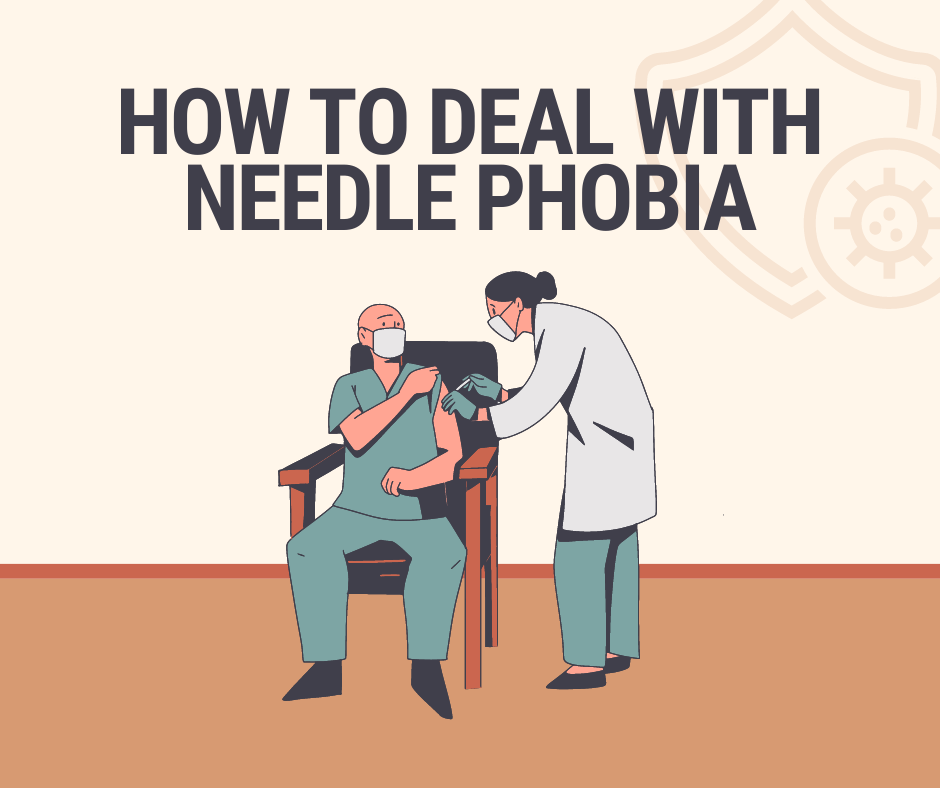Everyone has heard of LASIK. It’s like that top 40 song that you hear every time you’re driving home from work. You might forget most of the lyrics and not know anything about the artist but you’ve heard it before and you could distinguish it from other popular songs. Much like a top 40 song, LASIK has gained a lot of attention and praise from many different people, but it is no one-hit-wonder. A LASIK surgeon in Orange County explains that many people are generally familiar with the LASIK procedure, and may even know someone who benefitted from it, but they have no greater knowledge of its history.
The Orange County LASIK surgeon has some more in-depth knowledge to share about the evolution of LASIK laser technology and the methods behind the practice itself.
The history of LASIK begins in the mid-twentieth century. Jose Barraquer, an ophthalmologist in Spain, achieved the first-ever corneal incision with a bladed instrument called a microkeratome. This progress continued in the ’70s when Svyatoslav Fyodorov, a scientist in Russia, created Radial Keratotomy (RK). This procedure was used to fix nearsightedness with microscopic adjustments of the cornea. Continuing on to 1980, Steven Trokel, the founder of VISX USA Inc., published studies on technology like the excimer laser that could be used to perform Photorefractive Keratectomy (PRK). PRK has become a no-flap form of laser vision correction that eye surgeons still utilize today. By 1989, Marguerite McDonald, an American eye surgeon, was the first to doctor to execute successful excimer laser treatment. In June of that year, Gholam A. Peyman, an Iranian ophthalmologist, received a patent for LASIK eye surgery. LASIK surgery then became FDA-approved in 1999. Finally, in 2001, the FDA approved the femtosecond laser to perform bladeless LASIK.
As you can see, LASIK eye surgery has a long history of innovation and successful practice behind it. If you talk to a LASIK surgeon in Orange County, they will tell you that the LASIK procedure that eye doctors perform today has quite evolved from the techniques utilized in 1989 or even in 2000. Since the first LASIK procedure was executed, laser technology has improved in accuracy, efficiency, and reliability. Now, an Orange County LASIK surgeon is even better able to deliver outstanding results to meet a patient’s vision goals.
LASIK Takes Over
From 1980 to 1990, there were a plethora of innovations happening in the laser eye surgery world. During this time, eye correction surgeries had achieved the most efficient results with minimized risk. With a microkeratome instrument, surgeons were able to create a corneal flap and then utilize excimer laser technology to perform vision correction. Many surgeons still practice this method of LASIK surgery, called blade LASIK, for their patients. It is amazing how far eye doctors have come in developing safe and accurate procedures for patients that seek improved vision.
While blade LASIK has worked for many years for many different kinds of patients, LASIK specialists have always strived for more innovation, and that is exactly what they have achieved. The addition of bladeless LASIK is thanks to the research and technological advancement supported by eye doctors, scientists, and engineers in the world of laser vision correction. Because of their continued dedication and hard work to improve LASIK techniques, they have introduced the femtosecond laser into the mix.
The femtosecond laser was approved by the FDA in 2001 and became known as IntraLASIK by the first manufacturer that produced it. After receiving approval from the FDA, this manufacturer utilized the technology for the machine called IntraLase, the first-ever femtosecond laser that could replace bladed instruments in LASIK procedures. The femtosecond laser changed LASIK as it was known by further enhancing the ability to customize procedures to patient’s needs and ensuring safety.
Bladeless LASIK was designed specifically with the cornea in mind. LASIK innovators wanted a process by which the original shape did not need to be manipulated in order to achieve the vision correction. The WaveLight laser parent company called Alcon was a pioneer in this innovative design and contributed ideas to quicken the performance of the machine in order to shorten the surgery without compromising accuracy. Microscopic adjustments to the cornea were then invisible to the naked eye and results were better than ever. The WaveLight laser allowed eye surgeons to perform LASIK procedures that were more customized to the patient’s eye conditions with a decreased risk of temporary side-effects that LASIK patients sometimes experience.
Dr. Moosa at Excel Laser Vision Institute believes in utilizing the newest technology available to ensure safe, accurate, and reliable results. FDA-approved machines are the number one priority at Excel Laser Vision Institute. This is why our clinic has invested in the newest machines and promised to maintain their quality performance by partnering with the manufacturer. Our lasers get the best, factory-approved parts to keep them running smoothly and efficiently.
Thanks to LASIK’s long history of innovation and technological advancement, the Excel Laser Vision Institute is able to adopt the WaveLight EX500 Laser. This machine is known for its ability to track movements of the eye during the LASIK eye surgery at a quicker rate than previous machines. This technology became FDA-approved in 2013 and studies have revealed how much quicker, safer, and reliable this machine is compared to past models. The WaveLight EX500 Laser is better able to help patients meet their vision goals. With a 1050 Hz multi-dimensional tracker and 2-millisecond latency, this machine works 10x quicker than the human eye. There are other beneficial features to the WaveLight EX500 Laser, which include:
- Customizable programming for each individual patient
- Wavefront-Guided and Wavefront Optimized settings for the procedure
- Improves surgery comfort and speed for a happier patient
The innovation in LASIK eye surgery has allowed millions of patients to benefit from the gift of stronger eyesight. Now, with the latest technology, surgeons are better able to ensure an accurate, fast, and safe procedure for their patients with long-term results. Thanks to science and engineering, LASIK has achieved a higher success rate with increased patient satisfaction. Now that you know the history of LASIK, you may start to consider this vision correction option for your own vision goals. Schedule an eye examination and consultation at Excel Laser Vision Institute and see which laser surgery is right for your eye condition. Dr. Moosa is a Harvard-trained surgeon with a great background of experience and expertise in the LASIK field. Contact our office to learn more!



